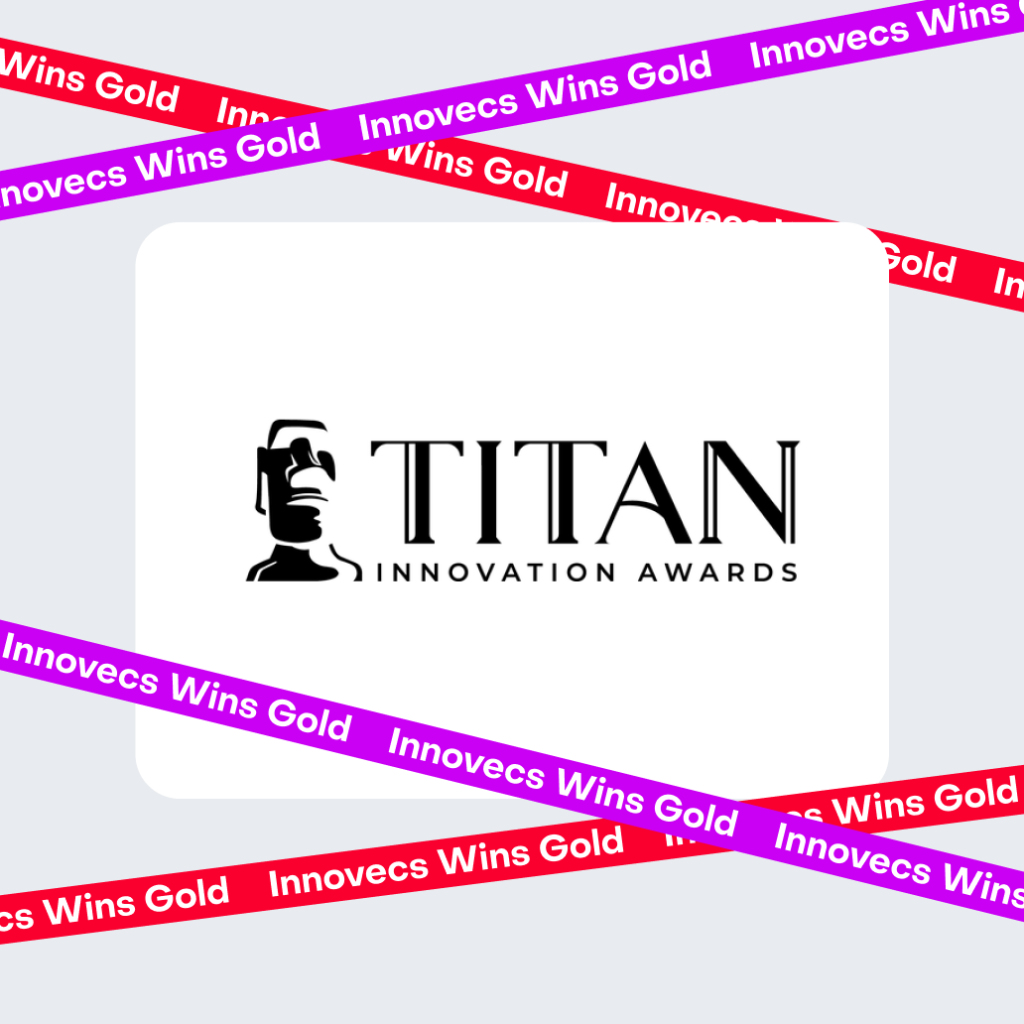
In the fast-paced industry of wholesale distribution, supply chain efficiency is the key to staying competitive and profitable. Wholesale businesses face a unique set of challenges when it comes to managing their supply chains, from fluctuating customer demands to complex supplier relationships. However, by leveraging the right strategies and technologies, wholesale organizations can optimize their supply chain operations and drive tangible business results.
Wholesale supply chains are inherently complex, with multiple moving parts that need to be carefully coordinated. Some of the common challenges faced by wholesale businesses include:
- Inventory Management: Balancing inventory levels to meet customer demand while minimizing excess stock and associated carrying costs is a constant struggle.
- Supplier Relationships: Maintaining strong, collaborative relationships with suppliers is crucial, but can be challenging due to conflicting priorities and potential misalignment.
- Visibility and Transparency: Lack of real-time data and end-to-end supply chain visibility can hinder decision-making and make it difficult to identify bottlenecks or inefficiencies.
- Omnichannel Distribution: Serving customers across multiple channels, from brick-and-mortar stores to e-commerce platforms, requires a flexible and responsive distribution network.

To address these challenges, wholesale businesses are increasingly turning to data analytics and automation technologies. By harnessing the power of data, organizations can gain valuable insights into their supply chain performance, identify areas for improvement, and make more informed decisions.
Implement data analytics for decision-making.
Automation, on the other hand, can help eliminate manual, time-consuming tasks, reducing the risk of human error and improving overall efficiency. From automated inventory replenishment to intelligent routing and logistics optimization, these technologies can have a significant impact on the bottom line.
In addition to leveraging technology, fostering strong, collaborative relationships with suppliers is crucial for optimizing the wholesale supply chain. By aligning incentives and working towards shared goals, wholesale businesses and their suppliers can unlock mutually beneficial outcomes. Ensure your systems manage all suppliers in the same way, to the same standards, can improve efficiency and save money.
As customer preferences continue to evolve, wholesale businesses must adapt their distribution and logistics strategies to meet the demands of an omnichannel marketplace. This may involve leveraging technologies like warehouse management systems, transportation management systems, and order management platforms to streamline operations and provide a seamless customer experience. Implement omnichannel distribution and logistics solutions.

The Challenge
A leading wholesale building materials supplier was facing significant challenges in managing its complex supply chain. The company struggled with high inventory costs, poor visibility into supplier performance, and inconsistent on-time deliveries to its customers.
Some of the key issues the company faced included:
- Difficulty in accurately forecasting demand and optimizing inventory levels, leading to excess stock and associated carrying costs
- Siloed communication and collaboration with its supplier network, resulting in misaligned priorities and suboptimal performance
- Lack of end-to-end supply chain visibility, making it challenging to identify and address bottlenecks
To address these challenges, the wholesale building materials supplier partnered with a specialized IT services provider that had deep expertise in supply chain optimization. Together, they developed a comprehensive strategy to transform the company’s supply chain operations.
1. Inventory Management Optimization:
- The IT services partner implemented a cloud-based inventory management system that integrated real-time data from various sources, including sales records, supplier lead times, and historical demand patterns.
- Advanced analytics and machine learning algorithms were used to develop accurate demand forecasts and optimize inventory levels across the company’s network of warehouses and distribution centers.
2. Supplier Collaboration Platform:
- The company and its IT services partner co-created a digital platform to facilitate seamless collaboration and information sharing with its supplier network.
- This platform enabled the company to track supplier performance metrics, such as on-time delivery, order accuracy, and lead times, and provide real-time feedback to drive continuous improvement.
- Suppliers were also granted access to the platform, allowing them to better align their production and delivery schedules with the company’s needs.

3. Integration and Automation:
- The IT services provider helped the company integrate its inventory management system with other critical supply chain technologies, such as warehouse management and transportation management systems.
- This integration enabled end-to-end visibility, allowing the company to identify and address bottlenecks more effectively.
- The IT partner also implemented automation solutions, such as automated replenishment and order processing, to streamline operations and reduce the risk of human error.
The collaboration with the IT services provider resulted in a significant transformation of the wholesale building materials supplier’s supply chain operations. The key outcomes included:
- 20% reduction in inventory costs
- 15% increase in on-time deliveries to customers
- Improved visibility and collaboration with suppliers, leading to better alignment and performance
- Streamlined operations through integration and automation, enhancing overall efficiency
The success of this project highlighted the critical role that IT services providers can play in helping wholesale businesses optimize their supply chain processes. By leveraging their industry expertise, technological capabilities, and collaborative approach, the IT partner was able to help the building materials supplier unlock substantial improvements in inventory management, supplier relationships, and overall supply chain performance.

To ensure the success of your supply chain transformation initiatives, it’s essential to track the right performance metrics and key performance indicators (KPIs). Some of the essential metrics to monitor include:
- Order fulfillment rate
- Inventory turnover ratio
- On-time and in-full (OTIF) delivery rate
- Supply chain costs as a percentage of revenue
- Customer satisfaction and loyalty
By regularly measuring and analyzing these KPIs, wholesale businesses can identify areas for improvement, make data-driven decisions, and continuously optimize their supply chain operations.
In conclusion, unlocking supply chain efficiency for wholesale businesses is a multifaceted endeavor that requires a strategic approach. By leveraging data analytics, automation, collaborative supplier relationships, and omnichannel distribution solutions, wholesale organizations can streamline their operations, reduce costs, and enhance their competitive advantage in the market.
Looking to streamline your operations? One of our experts can help you. Book a free consultation!




